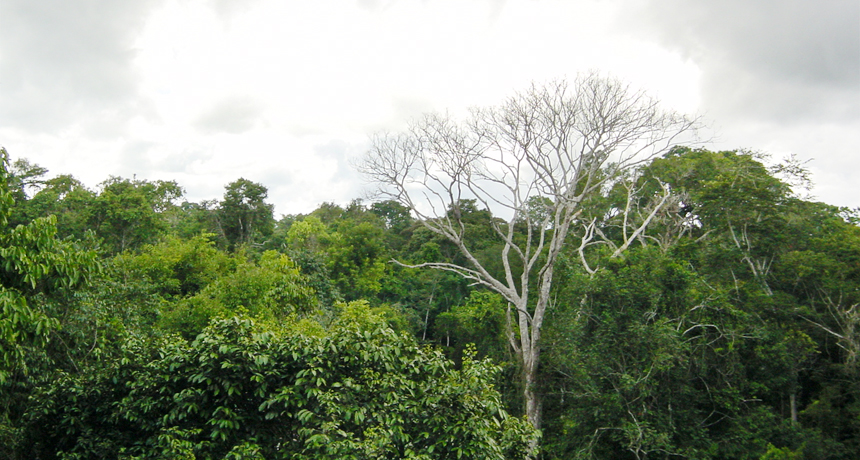Amazon doesn’t actually go green in dry seasons
Optical illusion made forests appear to grow faster

GOING GREEN Amazon forest growth doesn’t actually jump during dry seasons, as some analyses of satellite data have suggested. The boost in greenery appears to be an optical illusion.
M. Palace